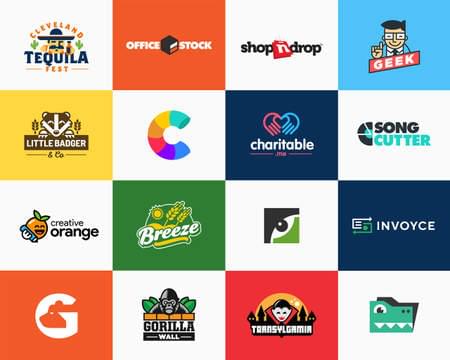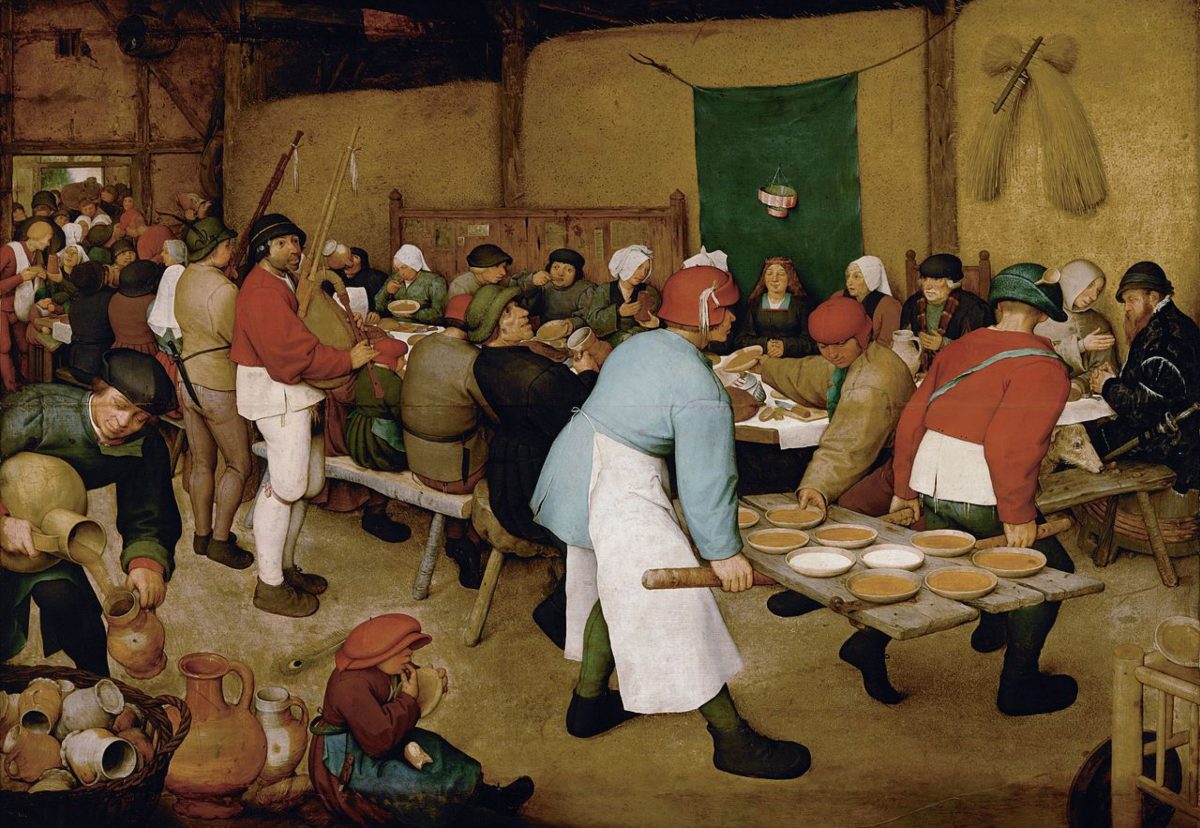Previously I talked about why having a logo is important as part of your overall business strategy. A logo is the foundation of your brand and it is an investment, when created by the right people, can last a lifetime. Nailing this foundational piece is critical. The font(s), symbol, layout, color(s) and tone tell your consumers a lot about your brand.
Now when it comes to the factors that make a good logo, it depends on many factors ranging from your company’s objective, brand identity or the type of products and services it’s selling. A logo that can encapsulate one or all of these attributes while looking visually pleasing will be memorable and successful.
That said, there are a lot of important decisions you’re going to make before picking up a pen or pencil and starting on some rough sketches. I advise you to avoid adhering to whatever’s trending on Behance or whatever your favorite design website may be. Even if the iconography may be an ideal fit for your brand, following trends will detract meaning and take away its distinctiveness. Be timeless. You do not want to change your logos every few years.
So what constitutes a good logo?
Good logos are unique. They illustrate your company’s business, products or services, and links them to your audience. They reflect identity and make a brand stand out from the rest, avoiding confusion. A good logo carries the company’s brand narrative, visually translating culture and embodies values.
Good logos are simple. They are readable and accessible. A good logo makes sense quickly, at a glance. It is not complex and does not try to say everything about your business and its activities. Because the logo is ultimately only the foundation of your visual identity.
Good logos are memorable. Easy to remember, recognizable, and associating it with your company, even if no typography is associated with the logo is very good.
Good logos are flexible. Functionality across multiple channels and platforms is crucial.
Good logos are sustainable. You are not going to spend every couple of years changing a logo. A good logo does not change at any end of fields nor does it need to adapt.
Nailing the logo is important. The choice of font(s), symbol, layout, color(s) and tone can tell your customers a lot about your brand to give a first impression. It can tell them that you’re reliable and friendly by the color options or say something about your status in the industry. It needs to be simple, scalable, appropriate, memorable, and timeless.




